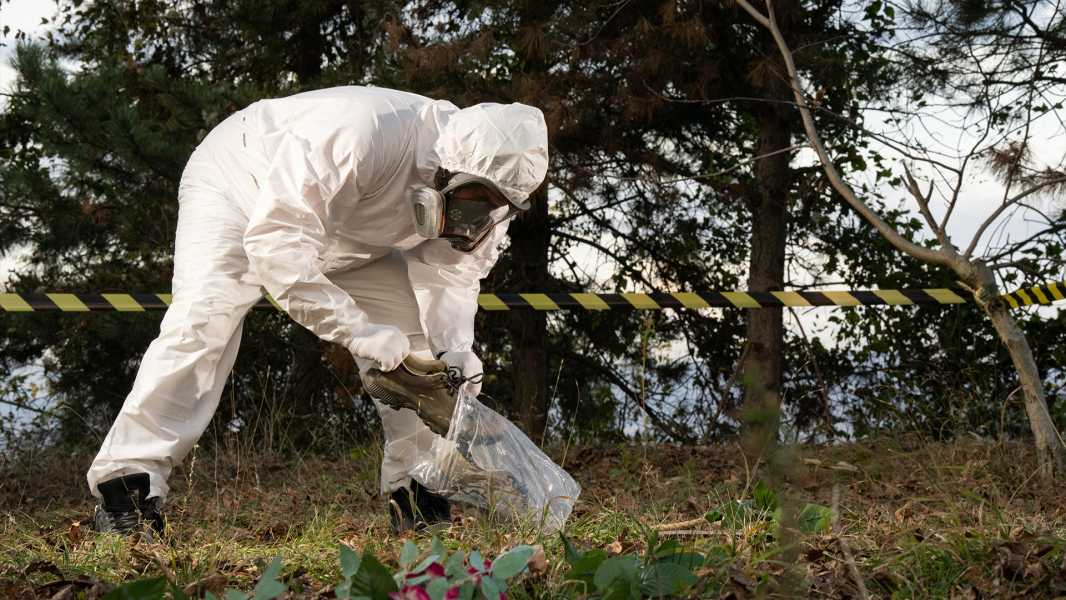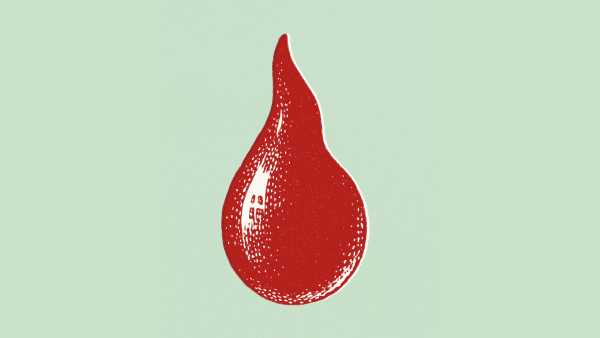
The same 'key disruptors' are found on people's bodies regardless of location or climate. (Image credit: freemixer via Getty Images)
Microbes found in decomposing human bodies could help forensic scientists determine the time of death, a new study has found.
The study, published Monday (Feb. 12) in the journal Nature Microbiology, involved placing 36 human cadavers in three different locations during spring, summer, fall and winter. The scientists chose geographically distant sites — in Tennessee, Texas and Colorado — with moderate humid or semi-arid climates.
DNA samples were collected from the skin surfaces of the bodies and the surrounding soil during the first 21 days of decomposition. This period is characterized by a rapid and dynamic decomposition process, when tissues begin to rapidly disintegrate.
By sequencing all of the DNA, the researchers found that the bodies had a similar microbial profile, regardless of location, climate, or time of year. Previous studies had identified key members of this profile, but they were limited to laboratory settings or specific locations.
“We ended up finding a lot of microbes that were present in every data set. These were key disruptors in each environment,” Zachary Burcham, the study’s first author and an assistant research professor at the University of Tennessee, told Live Science.
This network of about 20 microbes included a mix of bacteria and fungi that are not typically found in the human body — at least not until decomposition has begun. As the researchers studied the corpses, they noticed that these microbes showed up in the corpses at specific points during the 21-day decomposition period. This led them to conclude that decomposition insects, such as blowflies (Calliphora) and carrion beetles, may have been responsible for introducing these microbes, perhaps bringing them from a previous corpse they had visited.
Burcham noted that they found that, in addition to the same microbes appearing on the corpses, the number of microbes changed in waves over time. By tracking these waves of different microbes and synthesizing the data with a machine learning model, they were able to calculate how long a body had been decomposing in a particular location.
“We fed the model microbial abundance over time, season, and location,” Burcham explained. “But pretty consistently, it was the microbial members themselves that were always considered the most important to the model. Essentially, it looks for these key organisms first and can get most of its information or predictions from them.”
By analyzing the microbial community as a whole, the researchers noticed differences between locations and seasons. However, the microbes that responded consistently to decomposition always showed the same characteristics, regardless of external conditions. These microbes are the focus of the machine learning model, which ignores the rest.
Because their machine learning model can help determine the time of death, also known as the postmortem interval (PMI), the researchers believe their findings could be useful in forensic investigations in a variety of settings and climates. The results so far have proven to be highly accurate, with a margin of error of three days on either side.
Key members of the new network of microbial degraders have previously been associated with pig, cattle and mouse carcasses, suggesting they are likely not specific to humans.
Frederica Quak, a microbiologist at the Netherlands Forensic Institute (NFI) who was not involved in the study, told Live Science that the findings could be a useful addition to PMI assessment tools. However, she added that more research is needed to ensure that the methods can be effectively applied in the field.
“In real-world situations, the scenarios would be very different from their research environment,” Quack said of the new work. “While they placed the bodies on the soil surface, often the bodies are buried, wrapped in carpets or plastic bags, making them less accessible to insects.”
Sourse: www.livescience.com





